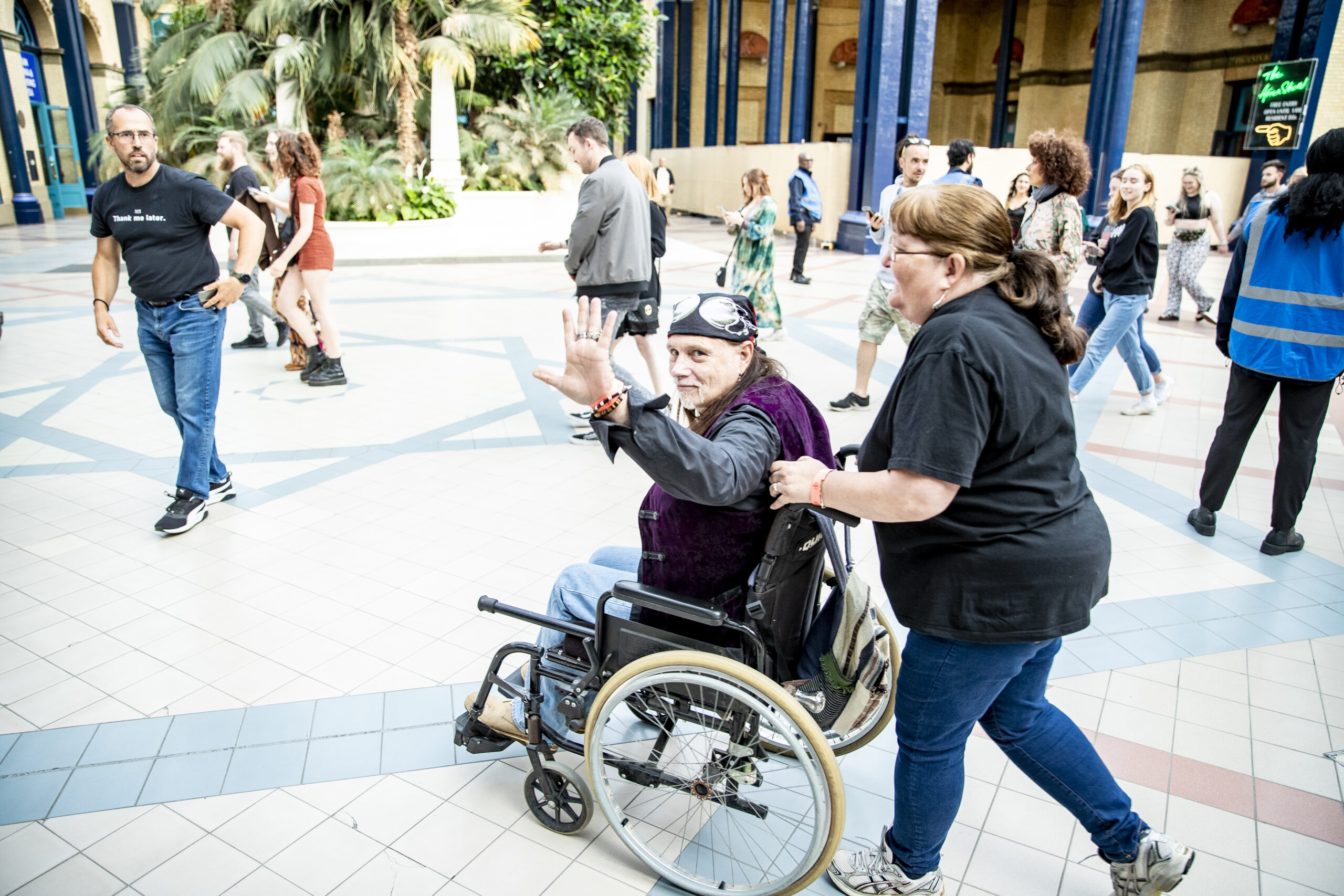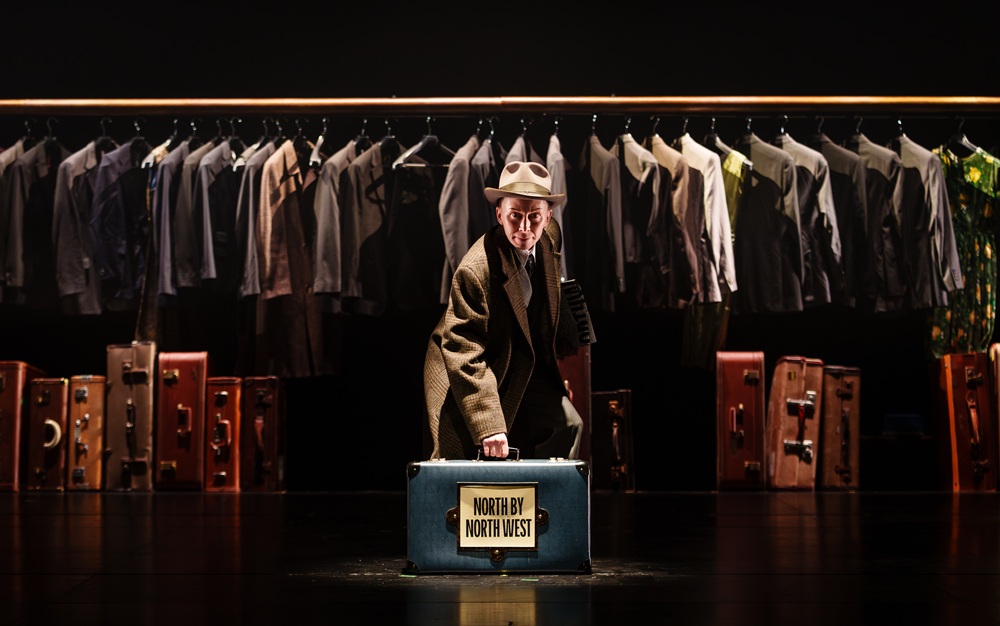As a daringly brilliant stage production of Tom, Dick & Harry continues in the Alexandra Palace Theatre, telling the remarkable true story behind the escape from the infamous Stalag Luft III prisoner of war camp, we’ve taken a look at the crucial role played by Alexandra Palace, and resident BBC television engineers, during the Second World War.
Many people know that Alexandra Palace is the birthplace of public service (high-definition) television broadcasting. However, what is not commonly known is the role played behind the scenes, by engineers and scientists, when television ceased at the start of the Second World War in September 1939.
Radio beams were used by the German Luftwaffe to guide bombers accurately to targets in Britain. Air Intelligence were directed to carefully monitor German radio signals, as well as looking for evidence of beam receiving or transmitting equipment in shot down enemy aircraft.
The Telecommunications Research Establishment (TRE) in Dorset set up a new Radio Counter Measures Unit, which monitored German radar signals. Luftwaffe navigational technology was already well established using the Knickebein system and developed around the high sensitivity radio equipment for blind landing, used by civil airlines before the war.
As luck would have it, the Allied intelligence services found a scrap of paper recovered from a German aircraft shot down in France which confirmed locations of the enemy transmitters instrumental in hitting bombing targets accurately. These discoveries allowed scientists at TRE to begin on the design of signal jamming equipment by Christmas 1940.
However, a more sophisticated navigational aid called Y-Gerät which did not rely on the system of two intersecting beams was soon developed, making it possible for the aircraft to position correctly over the bombing zone. This was said to have accuracy to within 275m of the target.
The speed which German scientists implemented the new system brought a brilliant stroke of luck for their British counterparts. Y-Gerät worked at a higher frequency, which happened to be within the same spectrum as the television transmitters at Alexandra Palace.
Since the start of the conflict broadcasts from the TV studios at the Palace had been stopped. However, senior BBC engineer, Tony Bridgewater, had been instructed to keep the transmitters running on a care and maintenance basis. Little did he know that British intelligence planned to foil the seaborne invasion of Britain (Operation Sealion) by using the Palace’s equipment to jam German radio communications. Wilf Pafford, renowned for his amusing cartoons, was engineer in charge for the duration of the war as modifications and re-tuning were carried out. Engineers worked a shift system around the clock so that by 4 February, 1941 Alexandra Palace became the world’s first, almost, undetectable jamming station. By an extraordinary stroke of luck this was also the date of the first raid on Britain using Y-Gerät.

(Cartoon by Wilf Pafford (Paff))
It is claimed that only about 25 percent of these missions released their bomb loads.
We have been told by a BBC engineer that the staff who were monitoring German radio communication were often reduced to fits of laughter at the point when the Alexandra Palace transmitter was turned on, as the invading bomber’s navigator accused the scientists at the German ground station of supplying useless equipment, while the ground station controller accused the navigator of being incompetent in his operation. So, it would appear that there was a little light relief during Britain’s darkest hour.
The above is abridged from Weapons, Wireless and World Wars by Dr Jim Lewis, which chronicles the vital role of the Lea Valley in two World Wars.
2022 is the centenary year of the BBC. Read more about the relationship between the BBC and Alexandra Palace here.





